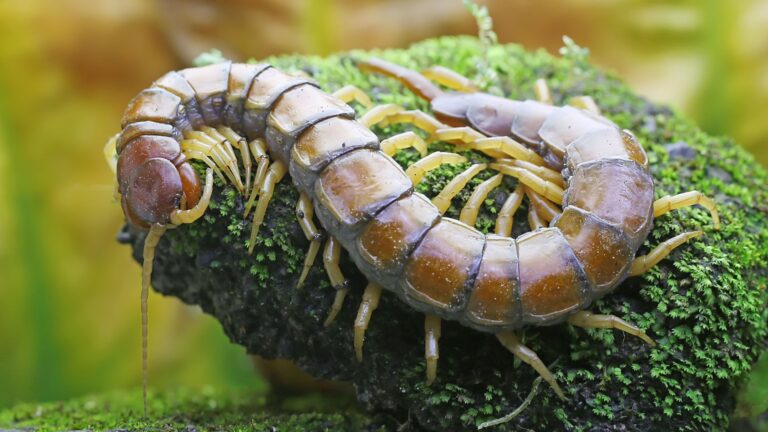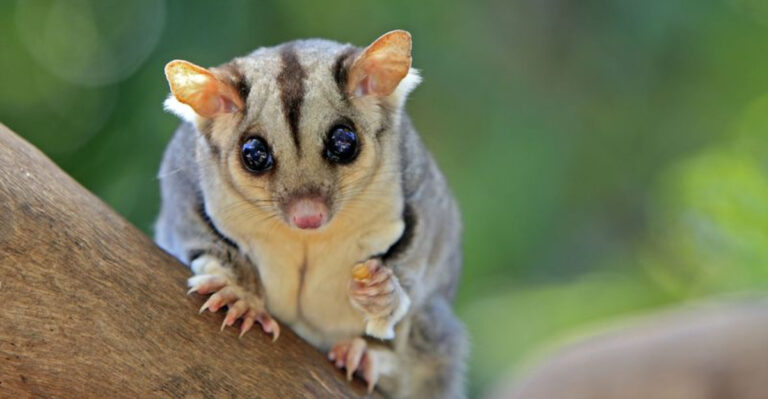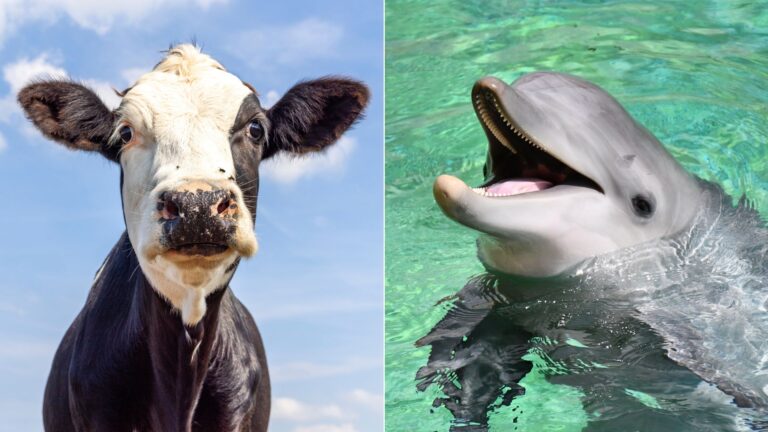17 Crucial Facts About Wild Donkey Populations And Their Fight For Survival
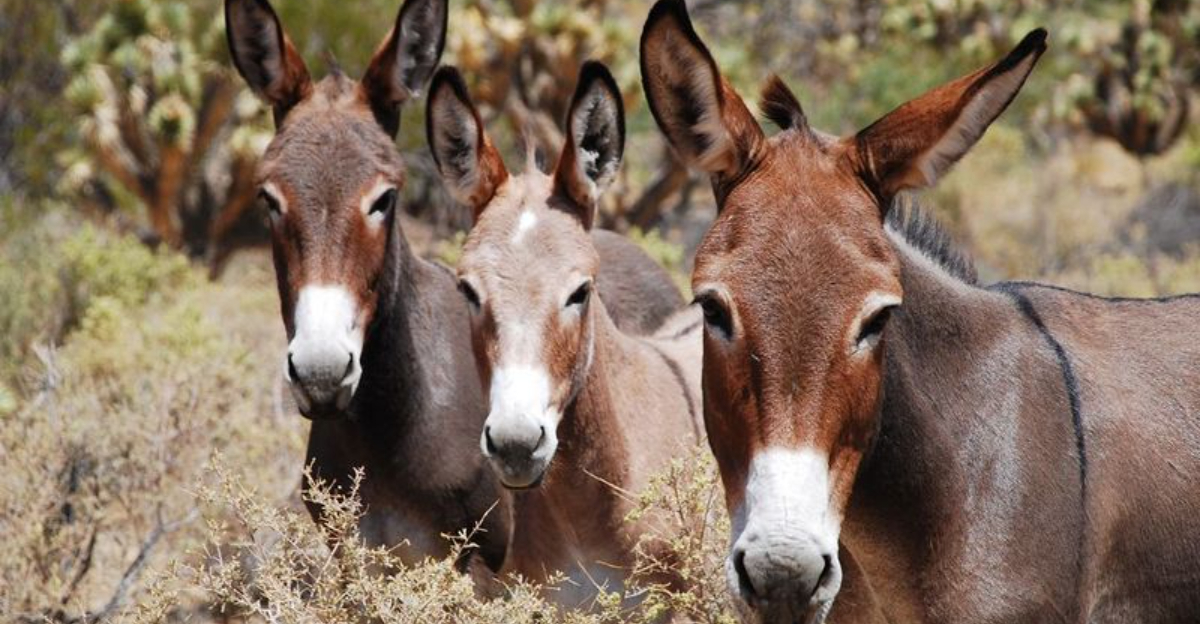
Beneath the radar of mainstream conservation efforts, wild donkeys face mounting threats across the globe. These resilient creatures – ancestors of our domesticated donkeys – navigate harsh landscapes while their numbers steadily decline.
Understanding their plight isn’t just about saving one species; it’s about preserving entire ecosystems that depend on these remarkable animals.
1. Desert Survivors Extraordinaire
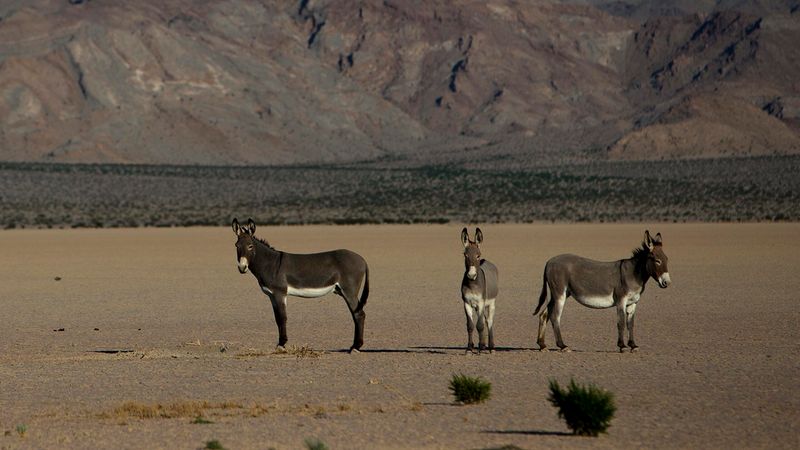
Imagine surviving where water is scarce and temperatures swing wildly – that’s daily life for wild donkeys. These hardy animals can go three days without water, a superpower that puts camels to shame.
Their specialized kidneys and ability to tolerate dehydration make them true desert masters. No wonder they’ve thrived in some of Earth’s harshest environments for thousands of years!
2. Population Crash Alert
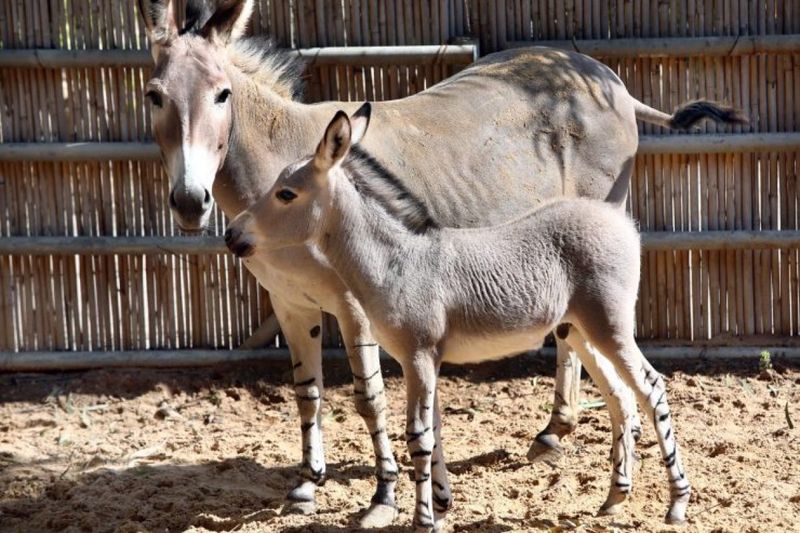
Shocking but true: wild donkey numbers have plummeted by over 90% since the 1800s. From millions roaming freely across Asia and Africa, today only about 50,000 remain worldwide.
Human expansion, hunting, and competition with livestock have pushed these animals to the brink. Their rapid decline flies under the radar compared to more ‘glamorous’ endangered species.
3. Asian Wild Ass Mystery
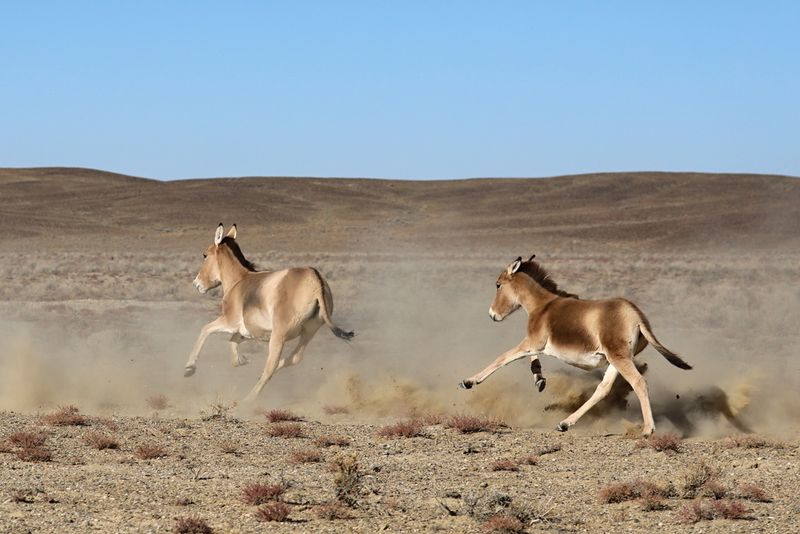
The critically endangered Asian wild ass – closest wild relative to domestic donkeys – hides a fascinating secret. Scientists recently discovered they possess a unique genetic adaptation allowing them to detect predators from extraordinary distances.
With fewer than 2,500 adults left in the wild, each death brings them closer to extinction. Their range has shrunk to just 7% of their historical territory.
4. Ecosystem Engineers At Work
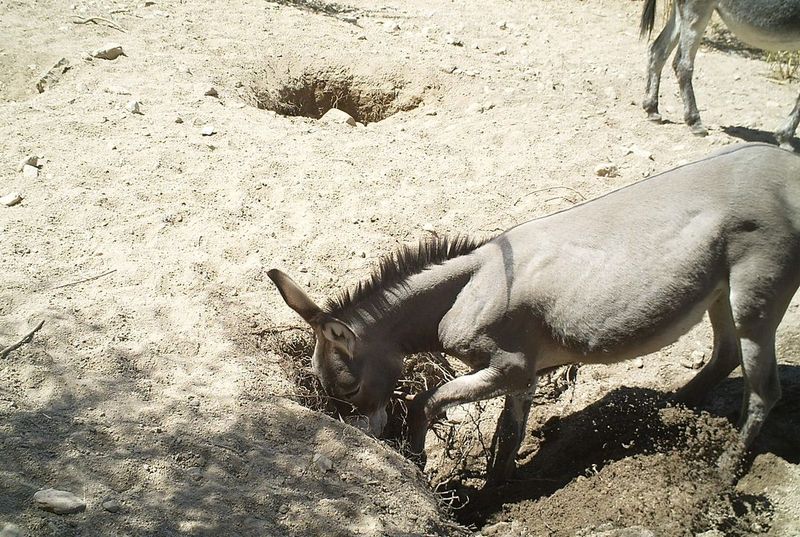
Ever seen a donkey-made oasis? Wild donkeys dig wells up to six feet deep in dry riverbeds, creating life-giving water sources for countless desert creatures.
These accidental engineers transform harsh landscapes into biodiversity hotspots. Over 31 bird species, 22 mammal species, and numerous insects rely on these donkey wells during drought periods – proving their ecological value extends far beyond their own survival.
5. African Wild Ass Crisis
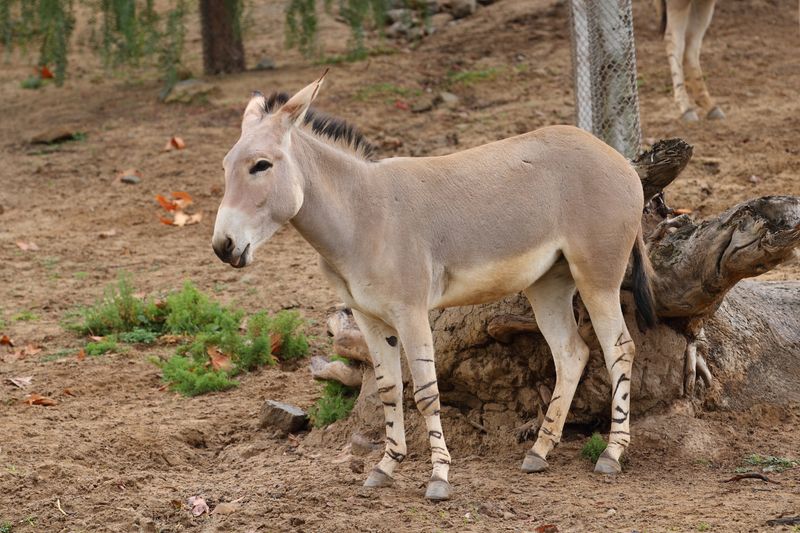
Meet the most endangered equid on Earth – the African wild ass. With fewer than 200 individuals left in Ethiopia and Eritrea, they’re teetering on extinction’s edge.
Civil unrest in their native regions makes conservation nearly impossible. Their distinctive zebra-striped legs might soon exist only in photographs unless emergency protection measures succeed. Every birth becomes international news among conservationists.
6. Unexpected Intelligence Champions
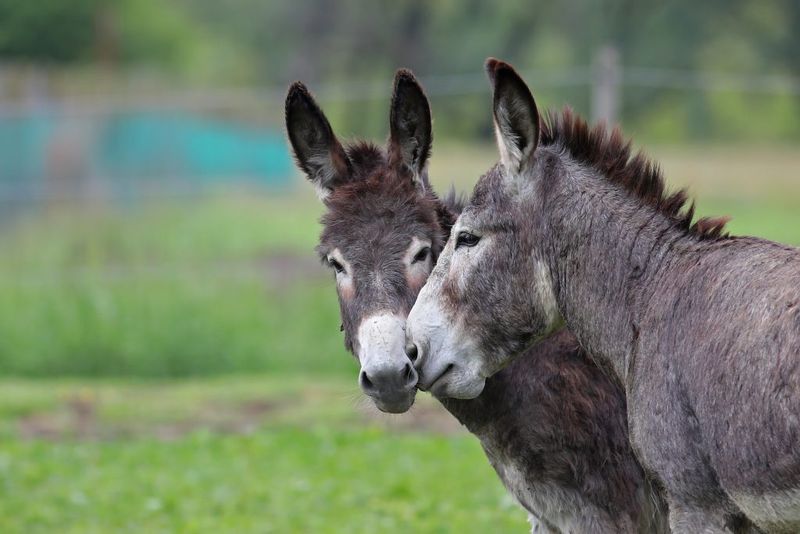
Forget what you think about donkey smarts! Wild donkeys demonstrate problem-solving abilities that rival horses and even some primates. They can remember complex routes through featureless deserts for years.
Recent studies show they recognize themselves in mirrors – a rare cognitive ability shared with dolphins and great apes. Their emotional intelligence helps them form strong social bonds that last decades.
7. Poaching For Traditional Medicine
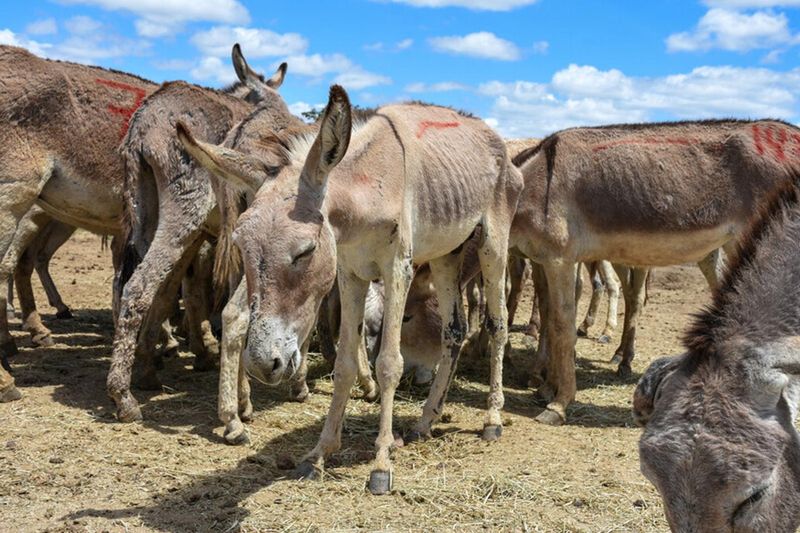
A bizarre black market threatens wild donkeys – their skins are boiled to produce ejiao, a gelatin used in traditional Chinese medicine. This cruel trade kills millions of donkeys annually, with wild populations increasingly targeted.
One kilogram of ejiao can fetch $400, driving poaching to unprecedented levels. Conservation groups race to establish protected areas while combating misinformation about ejiao’s supposed health benefits.
8. Climate Change Frontline Fighters
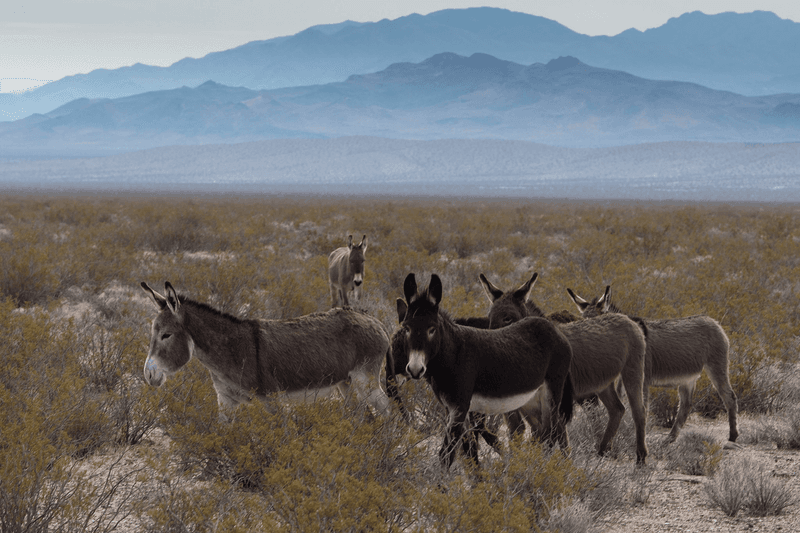
As deserts expand due to climate change, wild donkeys adapt in remarkable ways. Their feeding habits actually combat desertification by dispersing seeds of drought-resistant plants.
Unlike cattle, their specialized hooves don’t compact soil, allowing rainfall to penetrate rather than run off. Some conservation models now incorporate wild donkeys as natural allies against climate change impacts in arid regions.
9. Ancient DNA Revelations
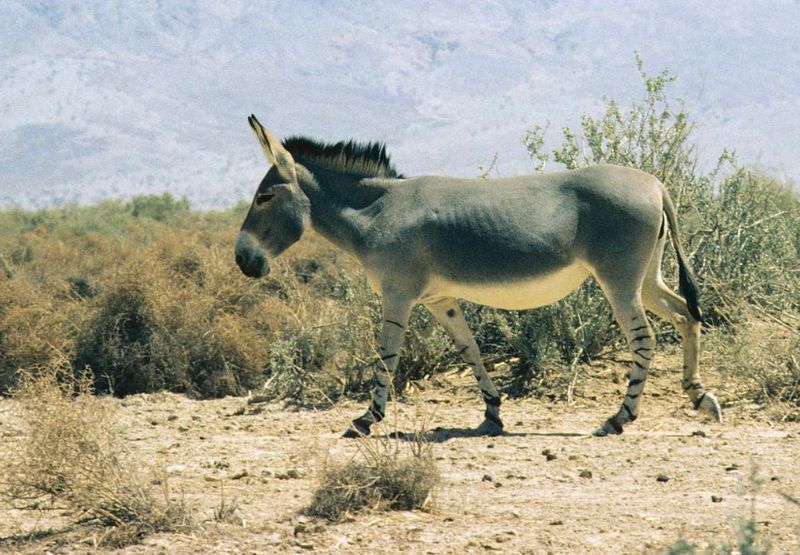
Groundbreaking genetic research just rewrote wild donkey history! DNA from 4,000-year-old donkey remains shows they were domesticated twice independently – in Africa and Asia.
Modern wild populations carry genetic diversity crucial for future breeding programs. Scientists have identified genes for disease resistance and heat adaptation that could help domestic equines survive climate change. Their genetic story continues to unfold with each new study.
10. Feral Versus Truly Wild
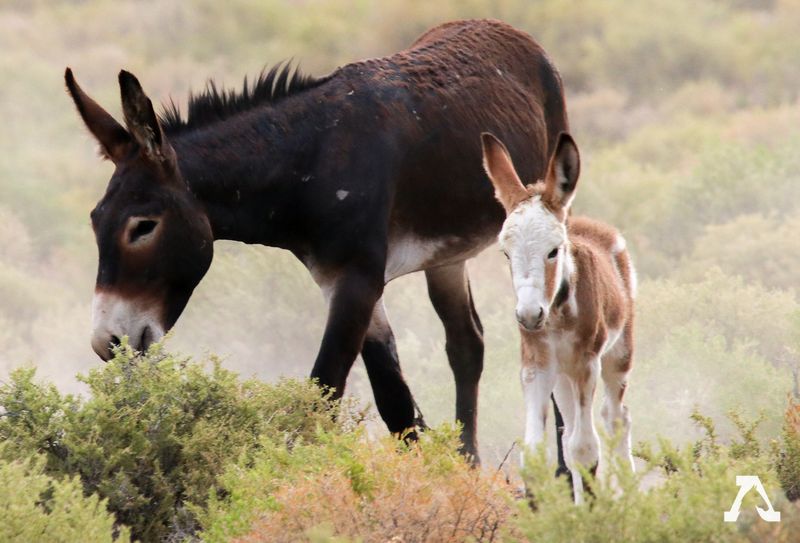
Not all wild-living donkeys are truly wild! Most “wild” donkeys in Australia and the Americas are actually feral – descendants of escaped domesticated animals. True wild donkeys exist only in Africa and parts of Asia.
This distinction matters for conservation. While feral populations often face culling as invasive species, true wild donkeys need urgent protection. The confusion sometimes undermines conservation efforts for genuinely endangered populations.
11. The Silent Killer: Hybridization
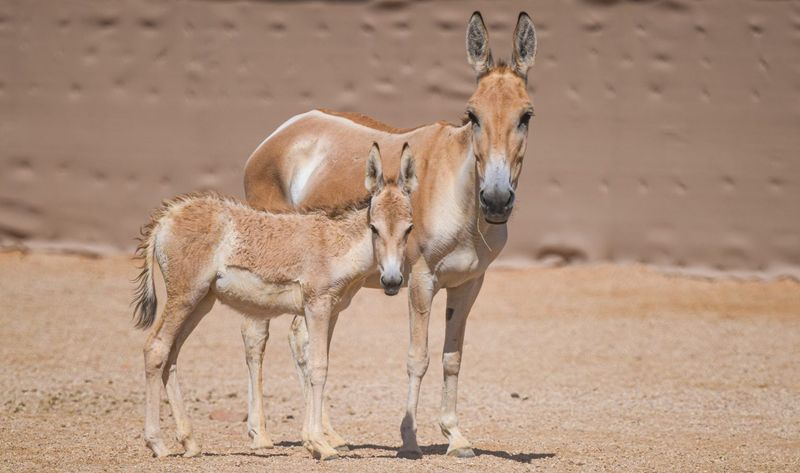
Pure wild donkey genetics face an invisible threat – hybridization with domestic donkeys. When domestic donkeys escape or are abandoned near wild populations, interbreeding dilutes the wild gene pool.
In Kazakhstan, nearly 40% of wild donkeys show domestic genetic influence. Conservation now includes genetic testing and maintaining buffer zones between wild herds and villages with domestic donkeys. The race to preserve pure bloodlines intensifies yearly.
12. Social Structure Surprises
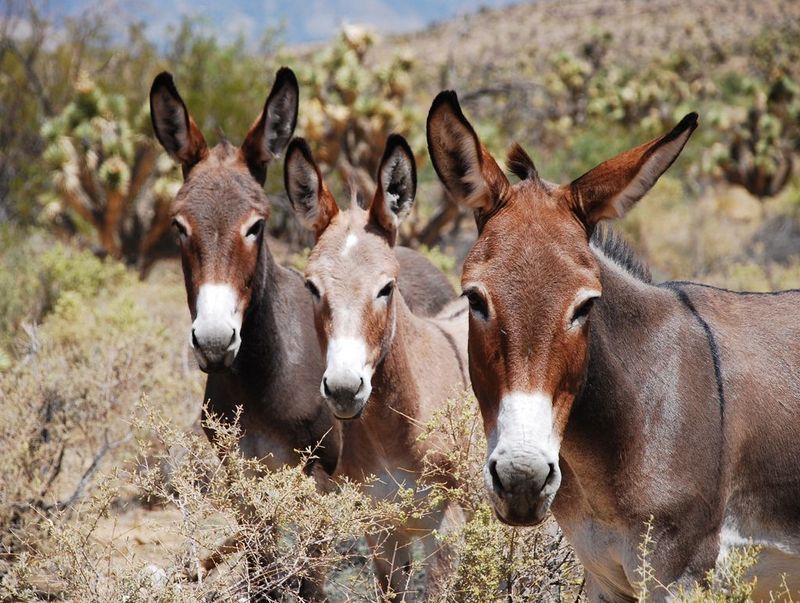
Wild donkeys shatter expectations with their complex social lives. Unlike horses that live in permanent herds, donkeys form fluid groups that change seasonally based on resource availability.
Males establish territories rather than fighting for harems. Mothers and daughters maintain lifelong bonds, with grandmothers playing crucial teaching roles. These flexible social structures help them survive unpredictable desert conditions where resources constantly shift.
13. Conservation Success Stories
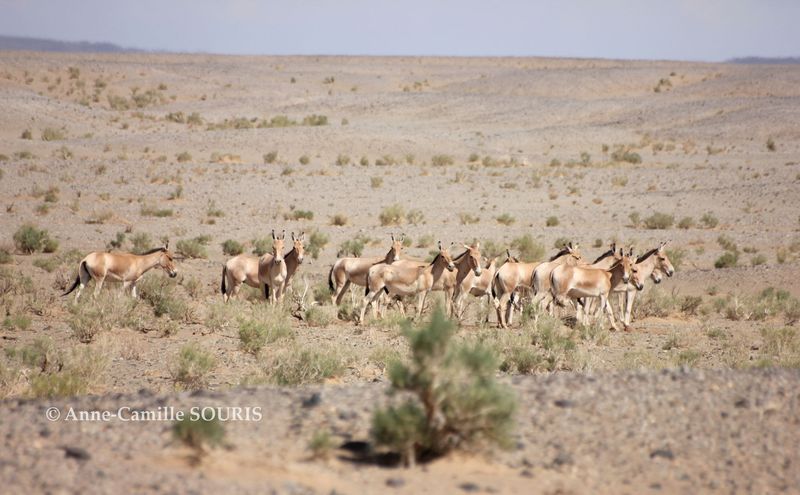
Against all odds, some wild donkey populations are bouncing back! In the Gobi Desert, intensive anti-poaching efforts have increased khulan numbers by 35% since 2003.
Community-based conservation in Kenya has created wildlife corridors connecting fragmented donkey habitats. Local people now work as rangers, proud to protect their natural heritage. These success stories provide blueprints for saving remaining populations worldwide.
14. Surprising Cultural Significance
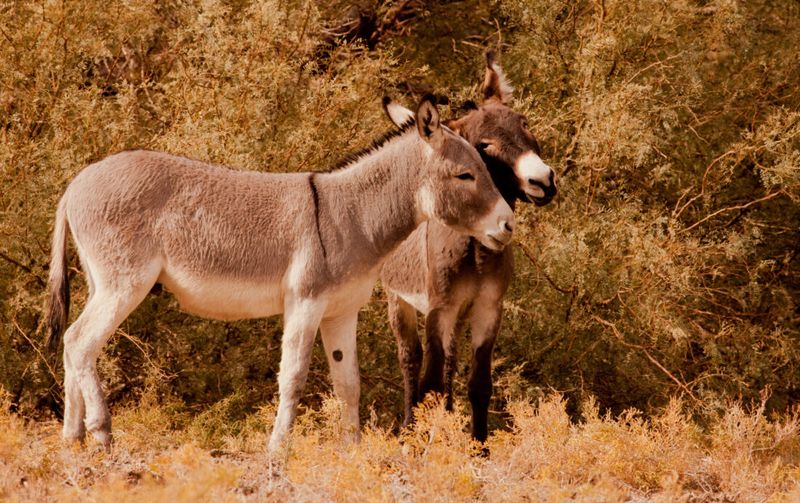
Throughout history, wild donkeys symbolized freedom and resilience across cultures. Ancient Egyptians associated them with the god Set, while Bedouin poetry celebrates their untamable spirit.
Indigenous communities living alongside wild donkeys often serve as their fiercest advocates. In Ethiopia, traditional laws protected wild asses centuries before modern conservation efforts. Their cultural importance provides unique opportunities for conservation partnerships with local communities.
15. Technological Conservation Revolution
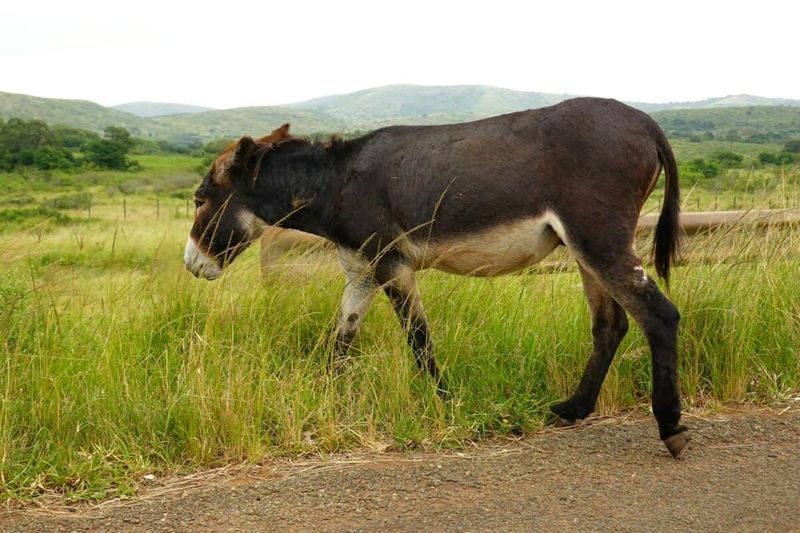
Cutting-edge tech transforms wild donkey protection! Solar-powered GPS collars now track remote populations, alerting rangers to poaching activity or when donkeys enter danger zones.
Drones monitor hard-to-reach herds without causing stress. Artificial intelligence analyzes thousands of camera trap images to estimate population sizes accurately. These innovations stretch limited conservation resources further, giving hope for species once considered beyond saving.
16. Water Competition Conflicts
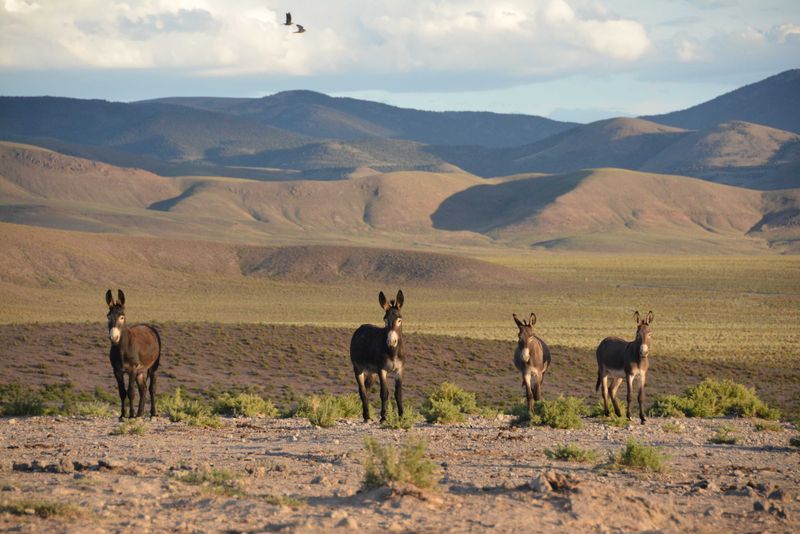
Thirsty livestock herds increasingly push wild donkeys from critical water sources. As droughts intensify globally, these water conflicts become life-or-death scenarios for wild populations.
In Mongolia, wild donkeys must travel 40% farther to find water than a decade ago. Conservation now includes negotiating water-sharing agreements with local herders and establishing protected water points exclusively for wildlife use.
17. Rewilding Hope On The Horizon
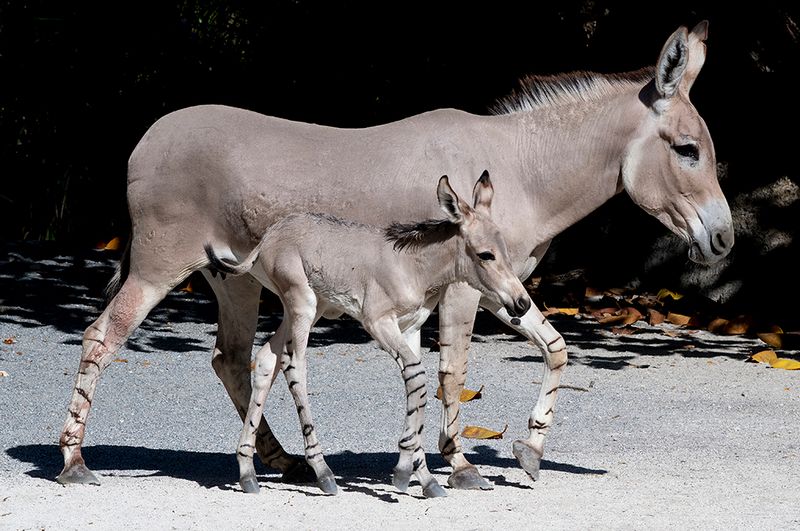
Ambitious rewilding projects offer fresh hope for wild donkeys. In Spain’s Doñana National Park, European wild donkeys have been reintroduced after centuries of absence – with surprising ecological benefits.
Areas with donkeys show increased plant diversity and reduced wildfire risk. Similar projects are planned in Central Asia and North Africa. Scientists believe strategic reintroductions could restore ancient migration routes, creating wildlife corridors spanning thousands of miles.

